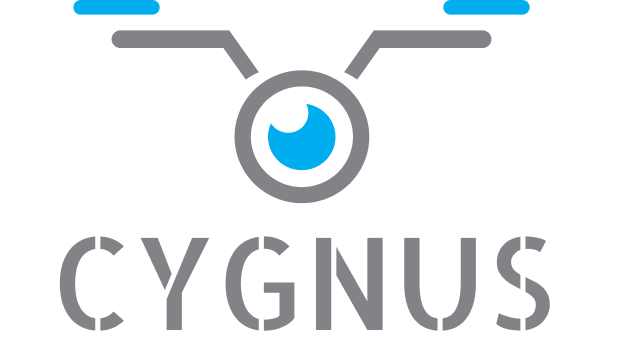Concept
Concept
Currently, there is no AI-system capable to explain its reasoning putting the human experience at the border. Additionally, the creative mixture of AI with autonomy, continuous learning and agency is not well perceived in civilian applications. This is due to the lack of causal and justified data operations, software platforms at a reasonable cost level, the high requirements in technical and field expertise and due to challenges such as data acquisition from heterogeneous sensors, processing and storage of large sets of data (Big Data), effective AI-fuelled systems that can drive knowledge extraction and advanced decision making processes.
Recent advancements in AI have opened up opportunities for advanced situational awareness in civilian applications, including object detection, tracking, surveillance, reconnaissance, threat evaluation, intelligence analysis, education, and training. However, several challenges must be addressed. First, the need for transparency and interpretability in AI systems is hindered by the black box nature of many AI techniques. Second, ensuring the robustness and reliability of civilian AI systems is crucial, since it has been shown that AI-techniques may be vulnerable to imperceptible manipulations of input data. Third, the integration of distributed and complex sensor data from IoT devices presents challenges in terms of different processing modalities, alignment, cleaning, and fusion. Finally, Machine Learning techniques necessitate large amounts of precised training data, which is often lacking in civilian applications.
CYGNUS will develop a bouquet of big data and AI services integrated in a self-managing software platform putting the human-in-the-loop in order to:
-
Sense, harvest, harmonise and aggregate huge amounts of sensorial data from distributed IoT devices (e.g., cameras, accelerometers, geomagnetic field / proximity sensors, Unmanned Aerial Vehicles (UAVs) and terrestrial drones).
-
Train federated and centralized AI models capable to automatically detect and identify the presence of significative entities, as well as behavioural patterns including normal and abnormal classification with spatiotemporal and contextual criteria and their correlations.
-
Reduce the analysis load performed by human operators via scalable big data processing modalities and Explainable AI (XAI) for justified decision making.

